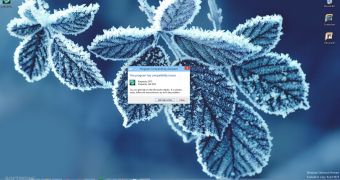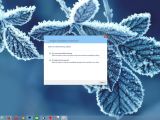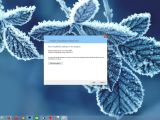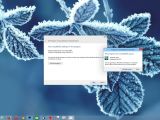Kaspersky Anti-Virus continues to be one of the leading solutions on the market, and it's no surprise that some people are trying to install it on Windows 10 as well, despite the fact that it's recommended to use the Technical Preview OS only for testing purposes.
Unfortunately for those who have already updated to the latest testing build 9879, Kaspersky Anti-Virus no longer works on Windows 10 due to what seem to be compatibility issues with the operating system.
Whenever you attempt to install the app on a computer running the latest version of Windows 10 TP, you are provided with an error telling you that this program has compatibility issues and you're recommended to get help online on how to get it up and working.
How to make it work
Surprisingly, a very simple trick allows you to install Kaspersky Anti-Virus 2015 on a Windows 10 Technical Preview build 9879 computer without too much effort.
It appears that Microsoft is blocking the installation of the app due to the aforementioned compatibility issues by preventing users from running the executable file called “kav15.0.1.415en_6868.exe.”
Since this is the first restriction that currently exists in this particular testing build of Windows 10, the best and easiest way to install Kaspersky Anti-Virus 2015 on your computer is to simply rename the executable file to anything you want, say “kasperskyantivirus.exe,” as the OS only checks for the aforementioned name to see if it will block it or not.
We've already tried it out on our Windows 10 computers and the app seems rather stable and reliable, so it's still really hard to find a reason to flag this security product as incompatible with the new operating system.
Not the only app getting blocked
Kaspersky Anti-Virus 2015 is not the only app that's getting blocked in the latest Windows 10 Technical Preview build 9879, and it appears that Microsoft has implemented a new protection system that prevents some programs from running on computers powered by this new build.
Classic Shell, for instance, which is currently one of the top Start menu apps on the market, can no longer be installed on Windows 10 build 9879 without turning to the aforementioned trick that involves changing the name of the executable file to bypass the restriction.
At this point, the reason for implementing such a restriction in Windows 10 build 9879 is yet to be disclosed, and Microsoft hasn't yet responded to inquiries for commenting on this. This will most likely change in the next Windows 10 preview builds, so we just have to wait and see if the compatibility issues are resolved before the operating system comes out.

 14 DAY TRIAL //
14 DAY TRIAL // 





